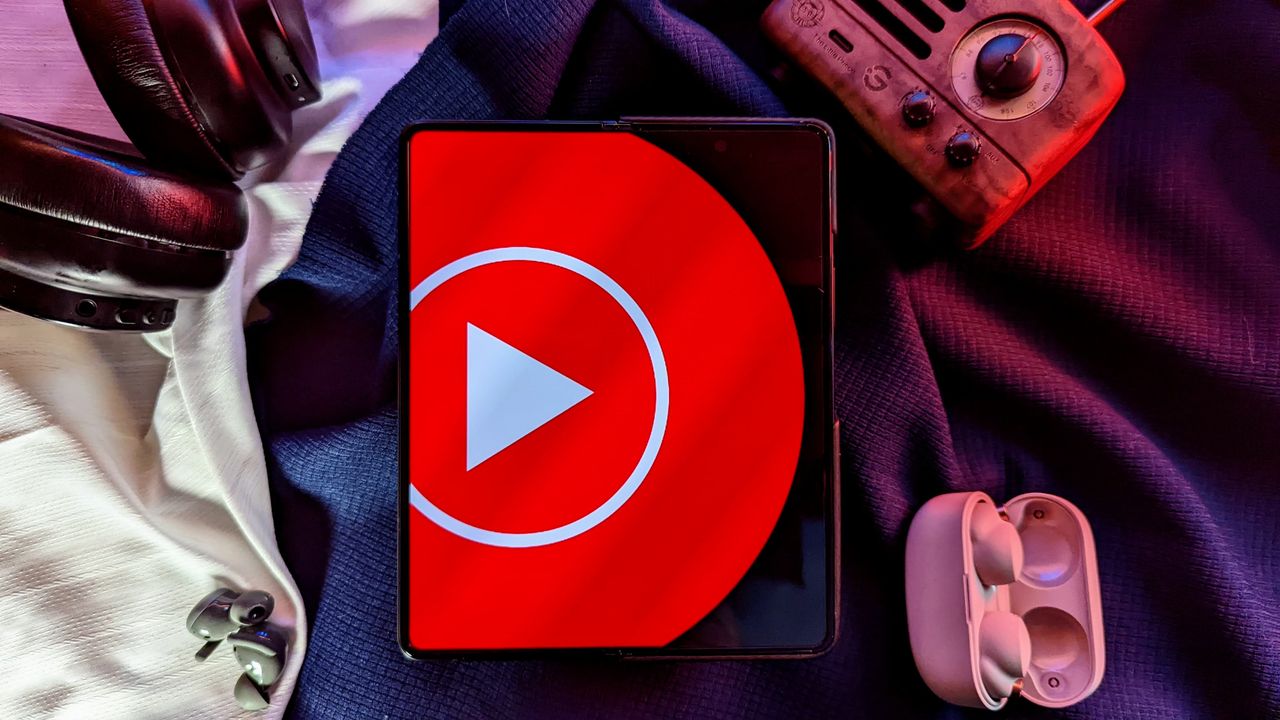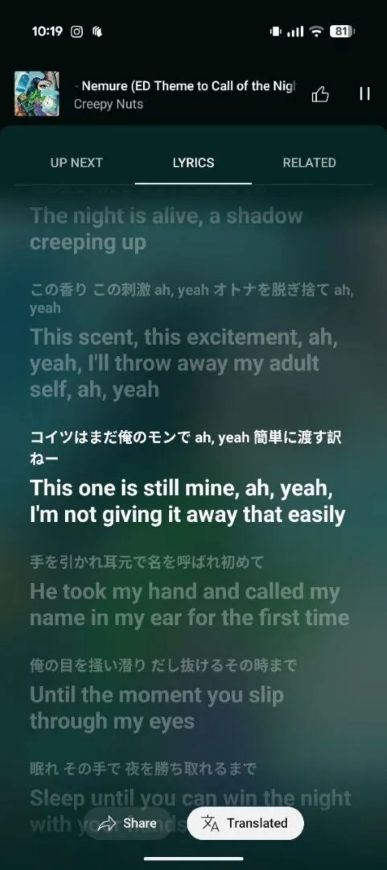
Enjoy our content? Make sure to set Android Central as a preferred source in Google Search, and find out why you should so that you can stay up-to-date on the latest news, reviews, features, and more.
What you need to know
- A real-time lyrics translation feature for YouTube Music is in a limited test, available only to a small group of Premium subscribers.
- The feature works seamlessly inside the app, automatically translating lyrics into your device's language with a single tap.
- It leverages Google's own machine translation tech, so while it's powerful, the quality may vary and miss some poetic nuance.
YouTube Music is quietly testing something that could make international hits a lot more accessible.
As reported by Android Authority, based on discovery by YouTube Music user Diego on Telegram, real-time lyrics translation is currently being rolled out to a small batch of Premium subscribers, giving them a new “Translate” button right inside the lyrics interface.
Once tapped, translated lyrics appear directly under the original lines, letting users follow along without switching apps or copying text into Google Translate.
As per the report, the translation works automatically based on your system or app language settings. That means if your phone’s set to English, lyrics from a Spanish or Korean track will be translated into English by default.
Limited control for now
There’s no manual language picker yet, so if you want a different translation language, you’d need to change your device or app language entirely. It’s a small limitation, but one that makes sense for early testing.
For now, only select Premium users seem to have access to the feature, and Google hasn’t confirmed when (or if) it will reach everyone. This test appears to be part of a broader update focused on enhancing the lyrics experience, following YouTube Music’s previous rollout of real-time synced lyrics and new visual layouts.

YouTube Music’s translation system seems to use Google’s own machine translation tools, so quality may vary depending on the song and language. Like any automated translator, it might miss subtle nuances, idioms, or poetic wordplay, but it still offers a massive step forward for people exploring music beyond their native tongue.
This experiment also fits neatly into Google’s growing focus on AI-driven translation across its platforms. YouTube itself recently expanded its auto-dubbing and multi-language audio tools for creators, letting videos automatically generate dubbed versions in different languages.
Right now, there’s no timeline for a global rollout, and Google hasn’t shared details about supported languages or regions.







